La Fabrique by Bureau A
Swiss architecture studio Bureau A has built a pavilion out of recycled windows on the outskirts of Geneva.
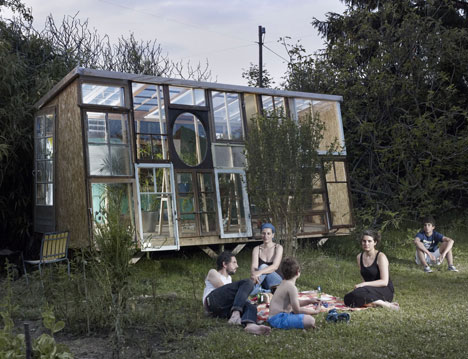
Named La Fabrique, the structure was inspired by comic actor Buster Keaton's 1920 short film One Week, where a pair of newlyweds attempt to construct a small house from a kit of parts but are disrupted by disorganised components, causing them to argue.
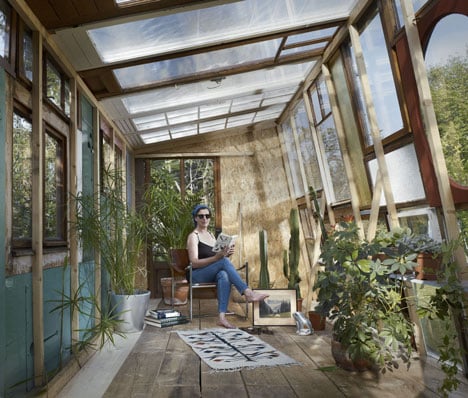
"La Fabrique is built with a similar mixture of seriousness and lightness," said Bureau A co-founder Daniel Zamarbide.
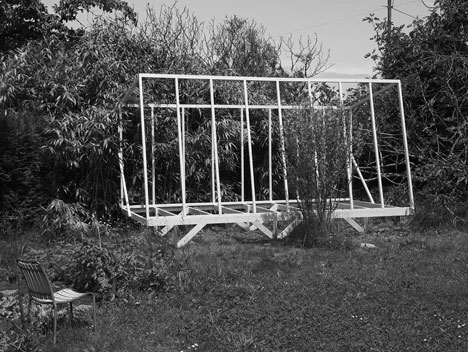
"The lightness comes from the direct relation between thinking and doing," he adds. "The seriousness relates to the difficulty of producing self-built and affordable space in the western world's cities and the sadness of the loss of spontaneity in architectural processes."
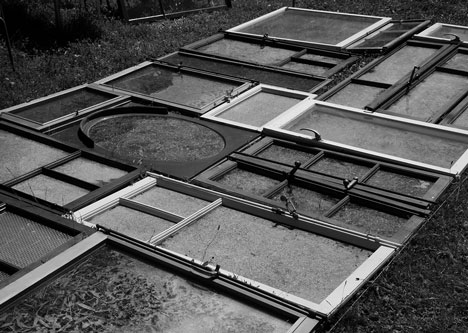
The pavilion provides a garden folly for a family, who worked alongside Bureau A to construct it.
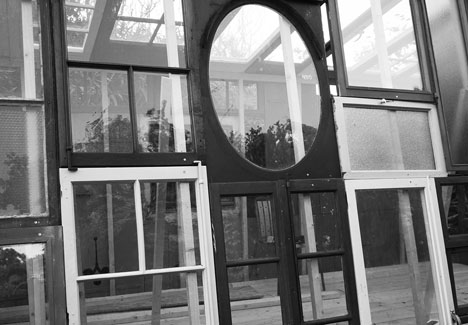
An assortment of windows found on demolition sites were mounted to an asymmetric timber frame to create the facade and roof, while the floors and end walls were built from timber boards and chunky chipboard.
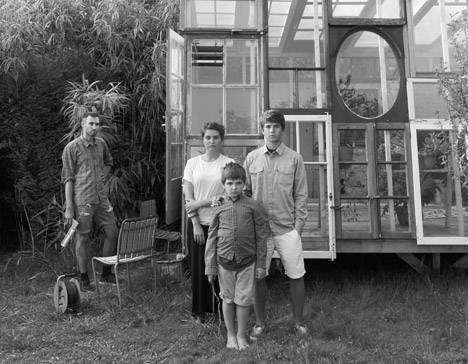
Another project featuring recycled windows is Dezeen's office interior in north London.
Other pavilions completed recently include a temporary library clad in recycled food packaging and an inflatable pavilion with a floating roof. See more pavilions on Dezeen »
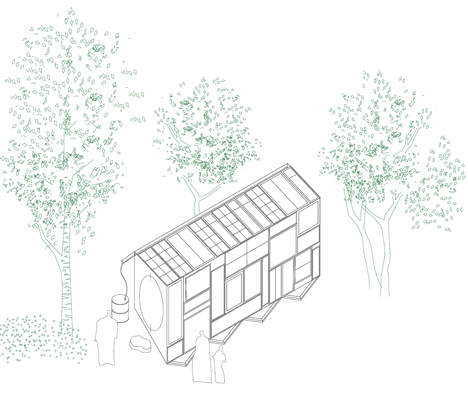
Photography is by David Gagnebin-de Bons, unless otherwise stated.
Here's a project description from Bureau A:
La Fabrique
Buster Keaton's short film One Week describes how a recently married couple installs its kit-house on a small plot of land. The dismountable home conceived to be self-built in seven days only is their wedding gift. Difficulties start when a rival of the couple disorganises the component boxes to trouble the mounting and thus the happiness of the young couple's first household. This canonical short film, first release of Keaton on his own, has been the catalyst of numerous discourses on art and architecture. Deadpan, shot by Steve Macqueen in 1997, is only one of many art pieces referencing One Week (although Macqueen might refers more directly to Steamboat Bill Junior's collapsing facade filmed in 1928, 8 years later than One Week).
Keaton's representation of the self-constructed house can be paralleled with Walker Evans' photographic documentation conducted just after the Great American Depression of 1929 for the Farm Security Administration. They both show, in drastically different ways, how the American family was occupying the territory in those harsh times. The pride of the poor owners immortalised by Walker Evans could freely be transposed to the 1920's face of Buster Keaton, the man who never laughed.
La Fabrique is built with a similar mixture of seriousness and lightness. The pavilion made out of recycled windows found on demolition sites is designed and built by BUREAU A and the inhabitants in a couple days. The lightness comes from the direct relation between thinking and doing. Architecture's usually long and complex process shrink to a point where pleasure and will become real actors of the design. For that matter, the nature of the pavilion resembles the emancipated miniature architecture of the follies of the garden culture. The seriousness relates here to the difficulty of producing self built and affordable space in western world's cities and the sadness of the loss of spontaneity in architectural processes. Like Buster Keaton's wedding present, La Fabrique is poetic and playful architecture within a serious context.